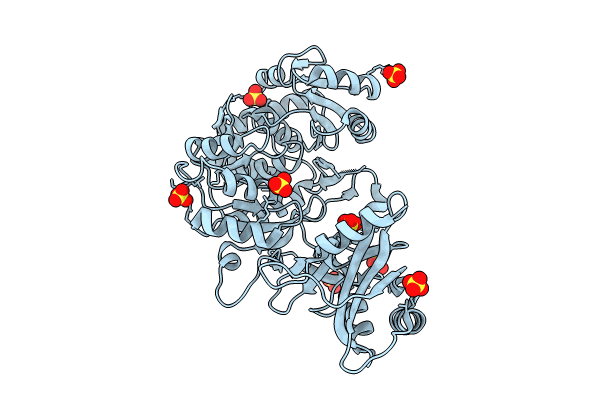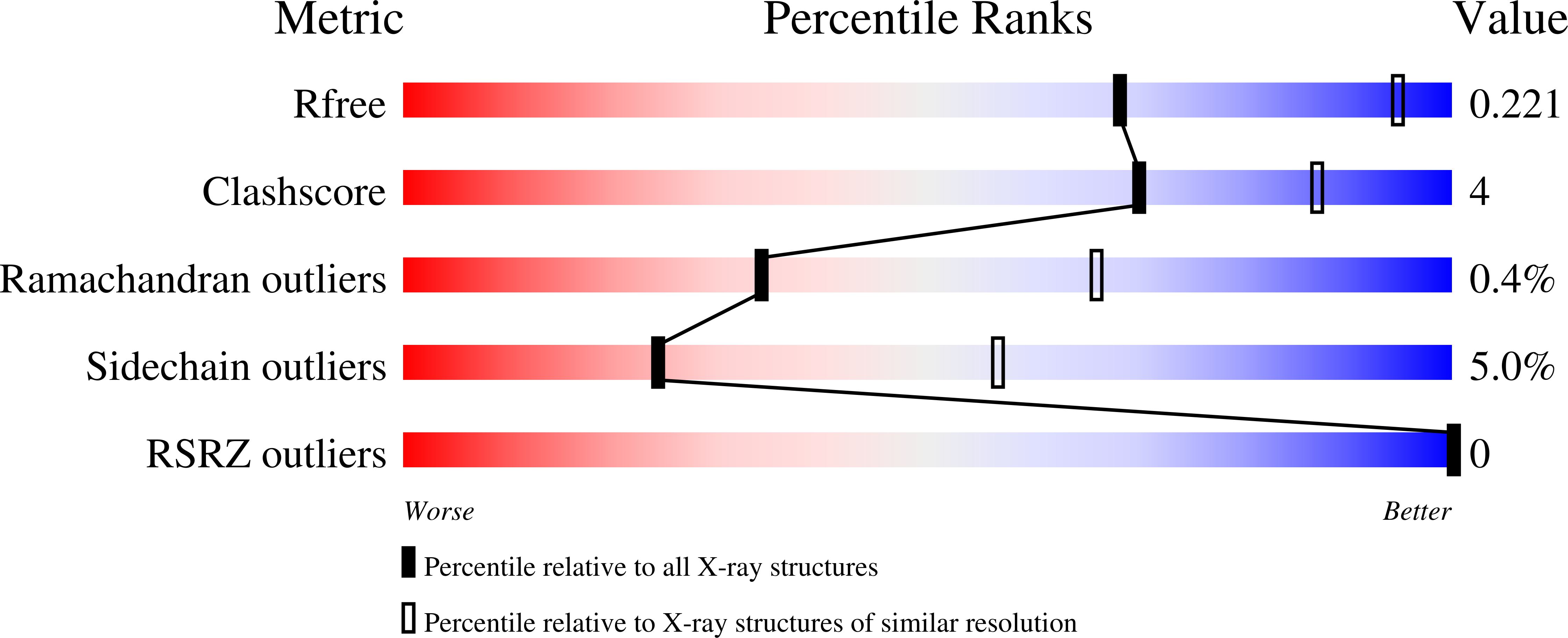
Deposition Date
2023-07-26
Release Date
2024-02-07
Last Version Date
2024-05-01
Entry Detail
PDB ID:
8PYY
Keywords:
Title:
Amide bond synthetase from Streptomyces hindustanus in open conformation
Biological Source:
Source Organism:
Streptoalloteichus hindustanus (Taxon ID: 2017)
Host Organism:
Method Details:
Experimental Method:
Resolution:
2.90 Å
R-Value Free:
0.21
R-Value Work:
0.17
R-Value Observed:
0.17
Space Group:
P 63 2 2


